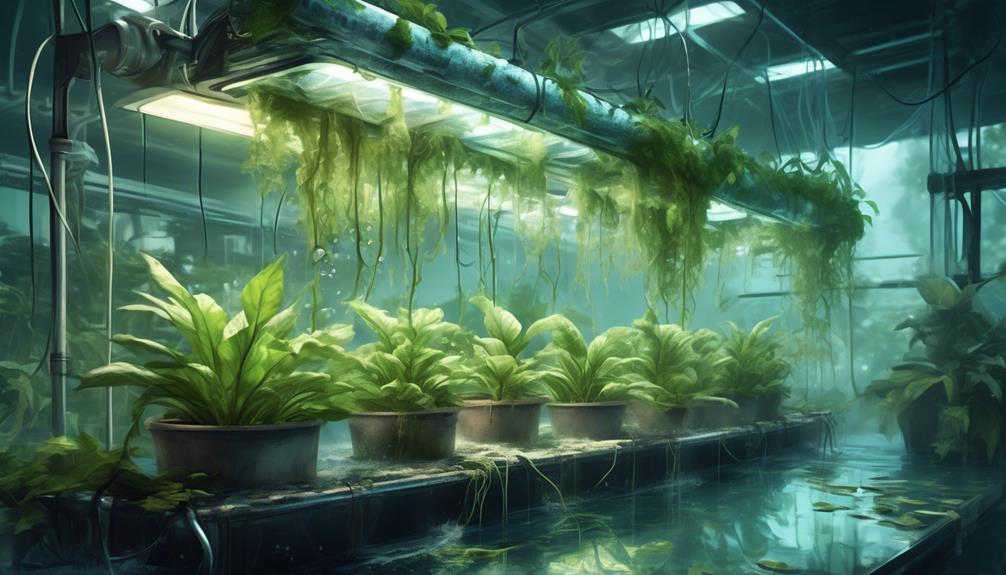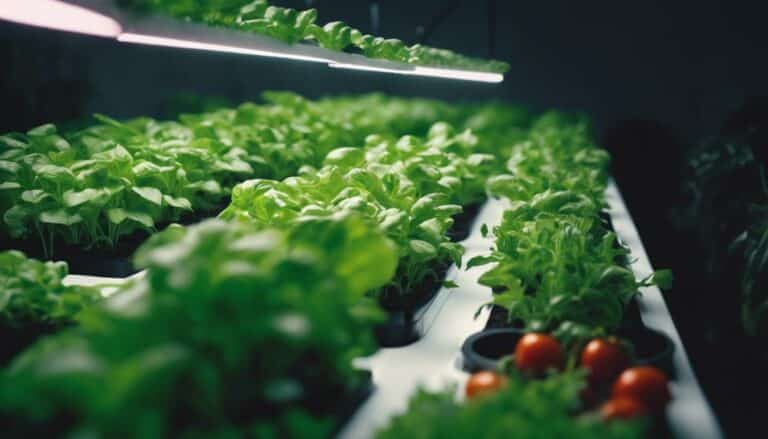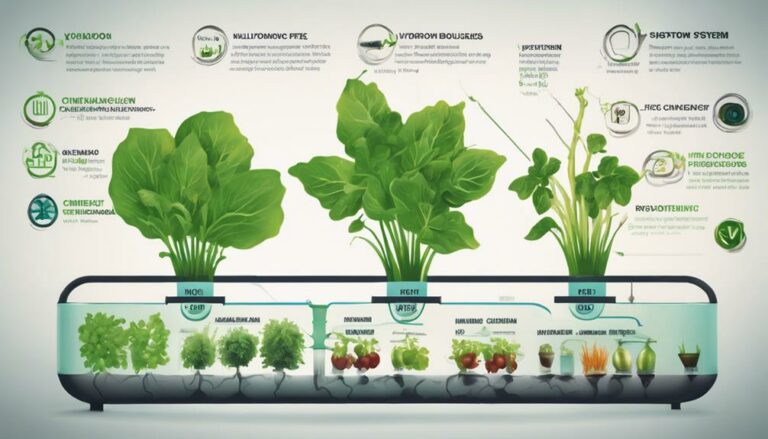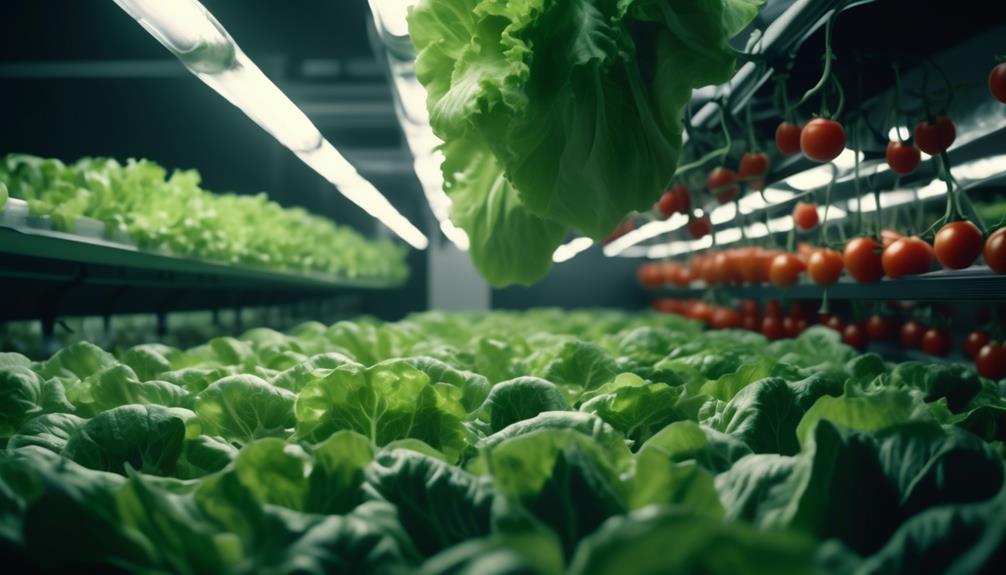In the realm of hydroponic cultivation, the significance of pristine water quality cannot be overstated, yet it is frequently the Achilles’ heel of an otherwise meticulously managed system. The introduction of suboptimal water into a hydroponic setup can precipitate a cascade of detrimental effects, ranging from nutrient imbalances to the proliferation of pathogens, all of which can severely undermine plant health and yield.
Table of Contents
An analytical approach to water quality involves regular monitoring of pH levels, electrical conductivity, and the presence of potentially harmful dissolved solids. Moreover, the implications of temperature deviations and inadequate aeration must not be underestimated, as these factors play a pivotal role in sustaining an environment conducive to optimal plant growth.
The astute grower must consider whether their vigilance extends to the lifeblood of their hydroponic system—the water—lest they allow unseen saboteurs to compromise their harvest. As we peel back the layers of complexity surrounding water quality in hydroponic systems, a question emerges: what are the hidden perils lurking in your water, and how can they be addressed to safeguard the vitality of your hydroponic endeavor?
Key Takeaways
- Pristine water quality is essential for successful hydroponic cultivation.
- Regular monitoring of pH levels and TDS is necessary to maintain nutrient balance.
- Implementing reverse osmosis systems and filters can improve water quality by removing impurities.
- Proper management of pH levels, electrical conductivity, and dissolved solids is crucial for plant health and overall system efficiency.
Assessing Hydroponic Water Quality
Assessing water quality in hydroponic systems is critical, as it directly influences plant health, nutrient uptake, and overall system efficiency. Paramount to this assessment is the monitoring of pH levels, which govern nutrient availability. Deviations from the optimal pH range can severely impair plant growth by altering nutrient solubility.
Equally vital is the measurement of Total Dissolved Solids (TDS), an indicator of the concentration of soluble substances within the nutrient solution. Expressed in parts per million, TDS values that are too high or too low can signal an imbalanced nutrient profile, potentially leading to toxicity or deficiency.
Implementing reverse osmosis (RO) systems can dramatically purify incoming water, stripping it of undesirable contaminants and providing a blank slate for precise nutrient formulation. This purification process is essential in areas where water quality is compromised or inconsistent.
Furthermore, electrical conductivity (EC) measurements offer a rapid assessment of the nutrient solution’s ionic activity, serving as a proxy for nutrient strength. Regularly employing the ‘Test your water’ axiom ensures early detection of imbalances in calcium and magnesium—key elements for plant development.
Ph Level Imbalance Solutions
Addressing pH level imbalances in hydroponic systems, growers can utilize pH up or down solutions to fine-tune the nutrient solution’s acidity or alkalinity, thereby ensuring optimal nutrient availability for plant growth. When encountering pH problems, it is essential to use pH meters for accurate measurement since guesswork can exacerbate issues, leading to high pH levels that can lock out nutrients, hindering nutrient uptake.
To maintain a stable pH within the root zone, it is advisable to conduct regular water changes which help reset the solution’s pH and EC—conductivity being a measure of the total soluble salts or nutrients in the solution. If the EC is low, indicating a deficiency in nutrients, adding more nutrients can increase EC to the desired level. Conversely, an exceptionally high EC can lead to nutrient burn and must be addressed promptly.
Innovative growers are also recognizing the benefits of aerating water to manage pH stability. Aerating your water improves oxygen availability, countering potential oxygen deficiencies that can lead to root diseases. Moreover, employing reverse osmosis water filters or activated carbon filters can be crucial in removing impurities and chlorine, ensuring the purity of the water which contributes to maintaining a balanced pH.
Electrical Conductivity Adjustments
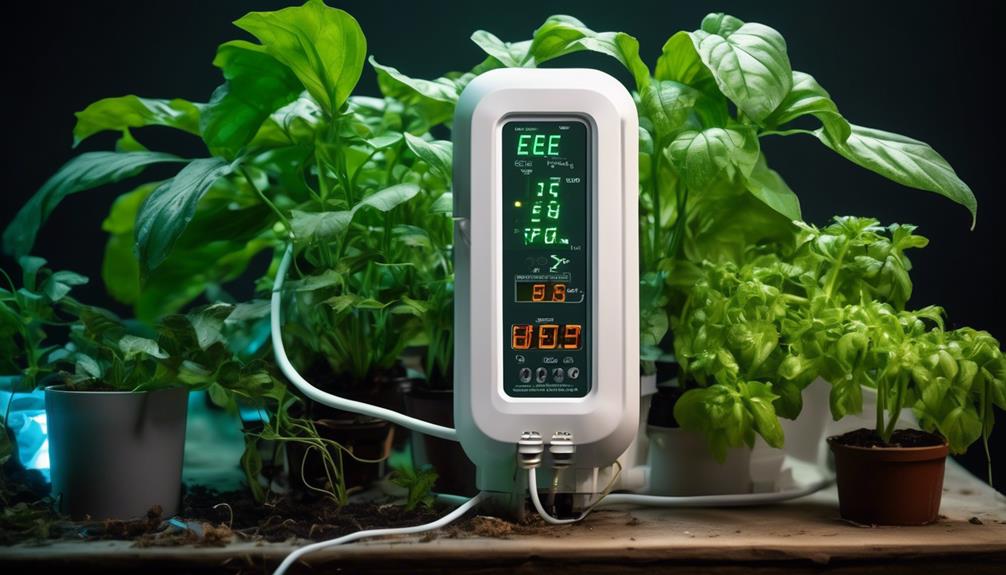
In the realm of hydroponics, precise adjustments to the electrical conductivity (EC) of the nutrient solution are crucial for ensuring plants receive the appropriate concentration of nutrients for optimal growth. The initial EC of the water supply should ideally be at 0 ppm before adding hydroponic nutrients. This baseline allows for accurate calibration of nutrient levels, ensuring that water quality supports plant health and vigor.
Utilizing advanced purification methods, such as reverse osmosis (RO) systems, can strip water of unwanted impurities, including solid calcium and other minerals that may skew the EC. The RO treated water, now purified, provides a blank canvas for the meticulous addition of hydroponic nutrients, tailored to the specific needs of the crops being cultivated.
Regular monitoring of EC is imperative. It provides a quantifiable measure of the total dissolved salts in the solution, informing growers when adjustments are necessary. Precision in this analytical process allows for the fine-tuning of nutrient concentrations, averting the risks of over or underfeeding.
Adhering to these practices ensures the sustained water quality required for thriving hydroponic systems, reflecting an innovative approach to plant nutrition management.
Tackling Dissolved Solids Issues
Building upon the importance of maintaining a balanced electrical conductivity in hydroponic systems, it is equally crucial to address the presence of excess dissolved solids that can compromise water quality and plant health. High levels of dissolved solids can lead to nutrient toxicity and osmotic stress, hindering plant growth. Commercial growers must be vigilant in monitoring and regulating dissolved solids to ensure optimal conditions for their crops.
Poor water quality with excessive dissolved solids can consume hard-earned resources as it may require regular water changes. Advanced filtration systems, such as reverse osmosis, can effectively reduce these levels, but monitoring remains key. Aeration is also vital; sufficient oxygen in the water is necessary for root health and nutrient uptake.
To engage the audience, consider the following table which highlights key strategies for managing dissolved solids:
| Strategy | Description | Benefit |
|---|---|---|
| Reverse Osmosis | Removes impurities and lowers EC | Ensures pure water for systems |
| Airstones | Increases oxygen concentration | Enhances root health |
| Regular Monitoring | Keeps track of EC and dissolved solid levels | Prevents toxicity and stress |
| Partial Water Changes | Adjusts water composition with high EC | Balances nutrient concentration |
| Filtration Upgrades | Incorporates activated carbon filters | Removes chlorine and impurities |
Informed, precise, and analytical evaluation of these methods will lead to the continuous improvement of water quality in hydroponic systems.
Temperature and Aeration Optimization
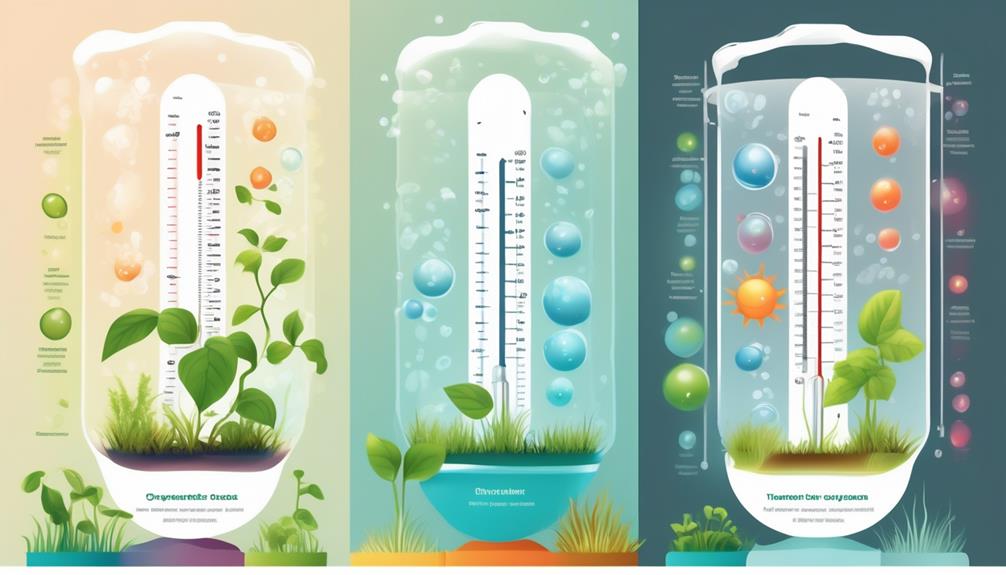
Optimal temperature and aeration levels are pivotal for ensuring the health and productivity of hydroponic systems. Maintaining the nutrient solution within the ideal range of 60 to 75 degrees Fahrenheit is critical; otherwise, the water quality could be compromised. High temperatures can lead to decreased oxygen levels, and as water evaporates, it may concentrate nutrient salts, potentially harming plant growth. Conversely, low temperatures can slow plant metabolism and nutrient uptake.
Proper aeration counters the threat of stagnant water, which can harbor pathogens and suffocate roots, thus ensuring that dissolves plant-critical oxygen is abundantly available. Aeration also promotes higher quality roots by preventing rot and encouraging robust growth.
Here are some key strategies for temperature and aeration optimization:
- Regulate Water Temperature: Use chillers or heaters to keep your plants within the optimal temperature range.
- Insulation: Insulate the reservoir to maintain stable temperatures long term.
- Aeration Techniques: Employ air stones or diffusers to ensure sufficient oxygenation.
- Monitor System Parameters: Regularly check water temperature and dissolved oxygen levels.
- Evaporation Management: Top up the system with fresh water to counteract the concentration of nutrients as water evaporates.
Implementing these measures will lead to a more controlled environment, where plants can thrive and produce abundantly.
How Do Water Quality Issues Affect Oxygen Levels in Hydroponics?
When hydroponic water oxygen levels are compromised due to poor water quality, it can significantly impact the health and growth of plants. Insufficient oxygen can lead to root rot and hinder nutrient uptake, ultimately affecting the overall productivity of the hydroponic system. Monitoring and maintaining water quality is crucial for optimal oxygen levels.
Filtering Out Harmful Contaminants
Ensuring the purity of a hydroponic system’s water supply is critical for maintaining optimal water quality. Reverse osmosis and activated carbon filters are sophisticated mechanisms that effectively eliminate detrimental contaminants and chlorine. These filters are particularly adept at reducing dissolved solids and removing organic compounds, which can disrupt the delicate balance of a new hydroponic setup. By applying these filters, cultivators ensure that only the cleanest water nourishes their plants.
While people often assume tap water is safe for hydroponic use, various impurities that remain undetected can cause significant harm to sensitive plant systems. Monitoring the water’s electrical conductivity is a general rule for assessing nutrient levels, but it does not reveal the full spectrum of potential pollutants. Therefore, knowing whether the water source is truly free of pathogens is paramount.
For those drawing water from natural sources like ponds and streams, filtering out harmful contaminants becomes even more urgent to avert the introduction of harmful bacteria and pathogens. The use of reverse osmosis and activated carbon filters ensures that unwanted elements are left behind, promoting a thriving hydroponic ecosystem.
Frequently Asked Questions
Is Water Quality Important in Hydroponics Systems?
Water quality significantly influences hydroponics, as optimal water parameters are imperative for nutrient uptake. Precise pH fluctuations, EC levels, dissolved oxygen, and microbial activity ensure mineral balance and mitigate organic contaminants, necessitating advanced filtration methods.
What Are 3 Issues That Occur in Hydroponic Systems?
In hydroponic systems, three prevalent issues are nutrient imbalances, pH fluctuations, and oxygen deficiency. These can precipitate algal growth, mineral buildup, pathogen invasion, impact water temperature, system integrity, and electrical conductivity.
Is Well Water Bad for Hydroponics?
Well water may compromise hydroponics due to contaminants, mineral imbalance, and pH fluctuations. Biological hazards and heavy metals can hinder nutrient uptake, necessitating chemical treatments to mitigate water hardness and organic pollutants.
Why Are People Against Hydroponics?
Ironically, while hydroponics heralds innovation, some resist, citing traditional farming advocacy, soil affection, and taste preference. The organic debate, environmental concerns, nutrient complexity, economic arguments, cultural resistance, and technological skepticism further fuel opposition to this soilless endeavor.
Conclusion
In conclusion, maintaining optimal water quality in hydroponic systems is imperative for plant health and system efficiency.
For instance, a study where hydroponic lettuce was grown with filtered versus unfiltered water demonstrated a significant yield increase with the former, underscoring the impact of water purity.
This example highlights the tangible benefits of rigorous water quality management, reinforcing the necessity for regular assessment and adjustment within hydroponic farming practices.

